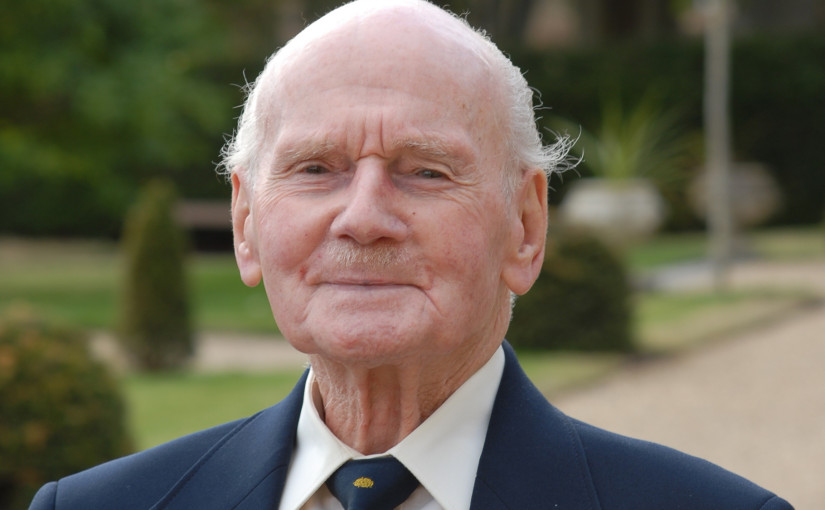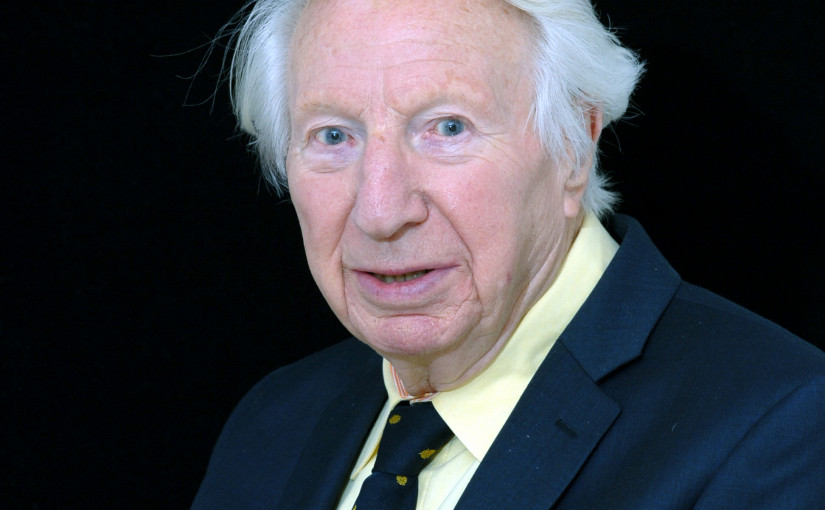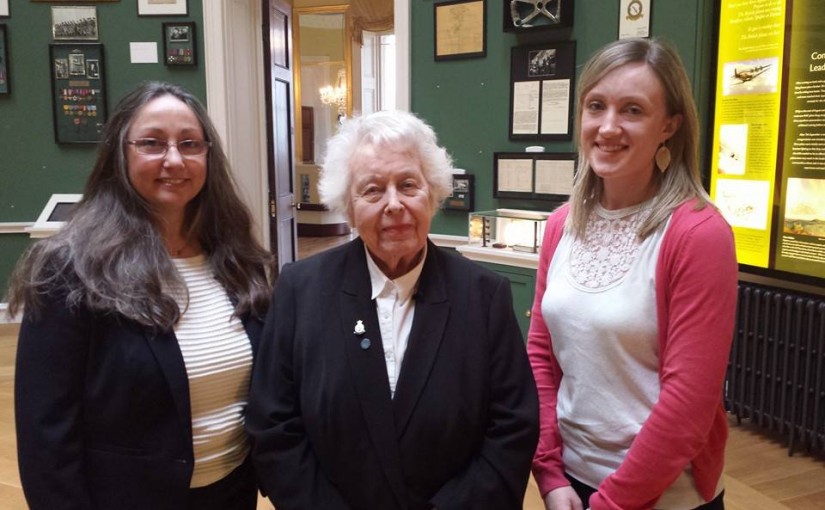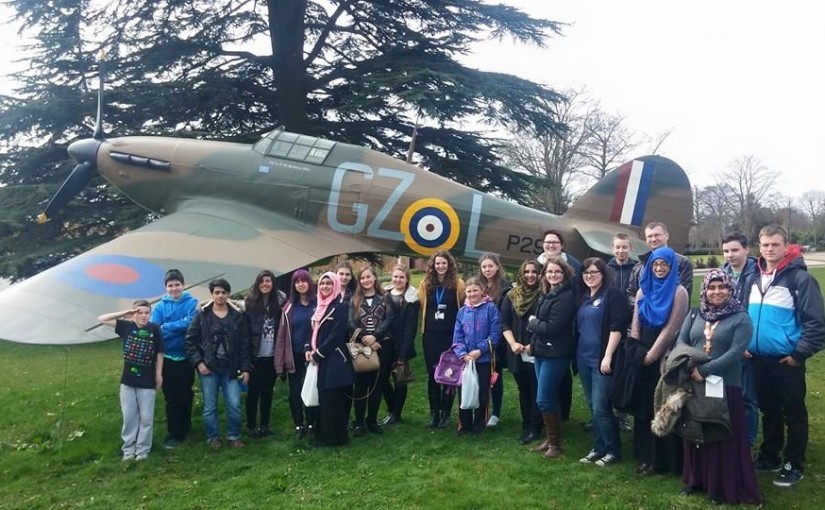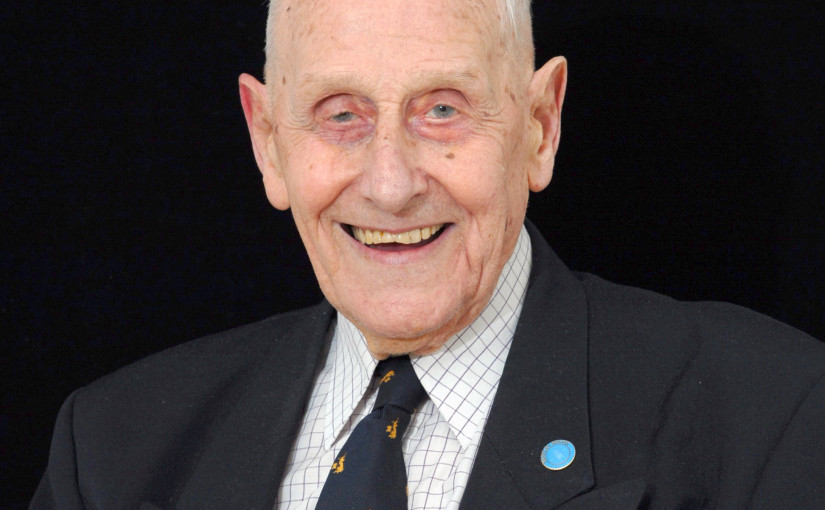Flight Lieutenant Bill Green was a Battle of Britain Fighter Pilot.
Green flew Hawker Hurricanes for 9 days during the Battle of Britain, between 20-29 August. During this time, he was shot down twice. On 24 August he was shot down and crash landed at Hawkinge, and on 29 August he was shot down over Deal in Kent.
Green was born in 1917 in Bristol and left school aged 14 to work in a cardboard box factory. In 1936, Green joined the Royal Auxiliary Air Force as an engine fitter and later trained as a pilot.
On 19 August 1940, Green joined 501 Squadron. He had less than 200 hours flying time and less than 7 hours on Hurricanes when he was sent into action on 20 August 1940. Green considers himself to have been one of the least trained pilots during the Battle of Britain and lucky to have survived.
On August 24, Green’s 501 squadron based at Hawkinge in Kent was scrambled to intercept a raid against the nearby airfield at Manston. Green closed in to attack an enemy dive-bomber when his aircraft was hit by the airfield’s anti-aircraft fire. His Hurricane was badly damaged and the engine stopped, but he managed to glide to Hawkinge, where he discovered half the undercarriage had been shot away. He crash-landed and scrambled from the wrecked aircraft.
The first thing Green knew of being shot down on 29 August 1940 was a large hole appearing in his armoured windscreen and he never saw the aircraft that shot him down. He managed to exit his aircraft but his parachute initially failed. His boots were ripped off his feet during the ensuing high-speed fall. As he fell towards tree-tops, the parachute eventually opened and he landed in a farm in Folkestone. Green had been hit in the leg and was unable to walk. Two men came out of the farmhouse with shotguns and once they realised Green was British, took him inside for a cup of tea.
Green did not fly again during the Battle of Britain, but once recovered he continued to serve with the RAF.
 What’s On
What’s On Opening Hours & Admission
Opening Hours & Admission
